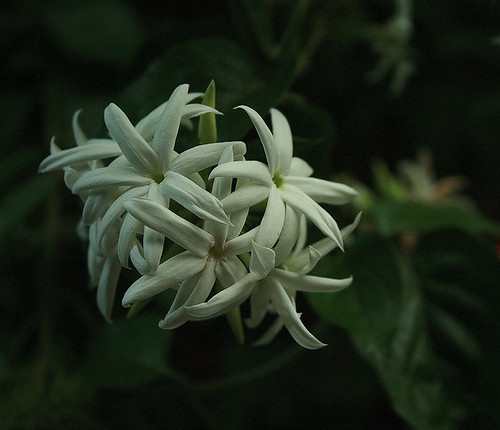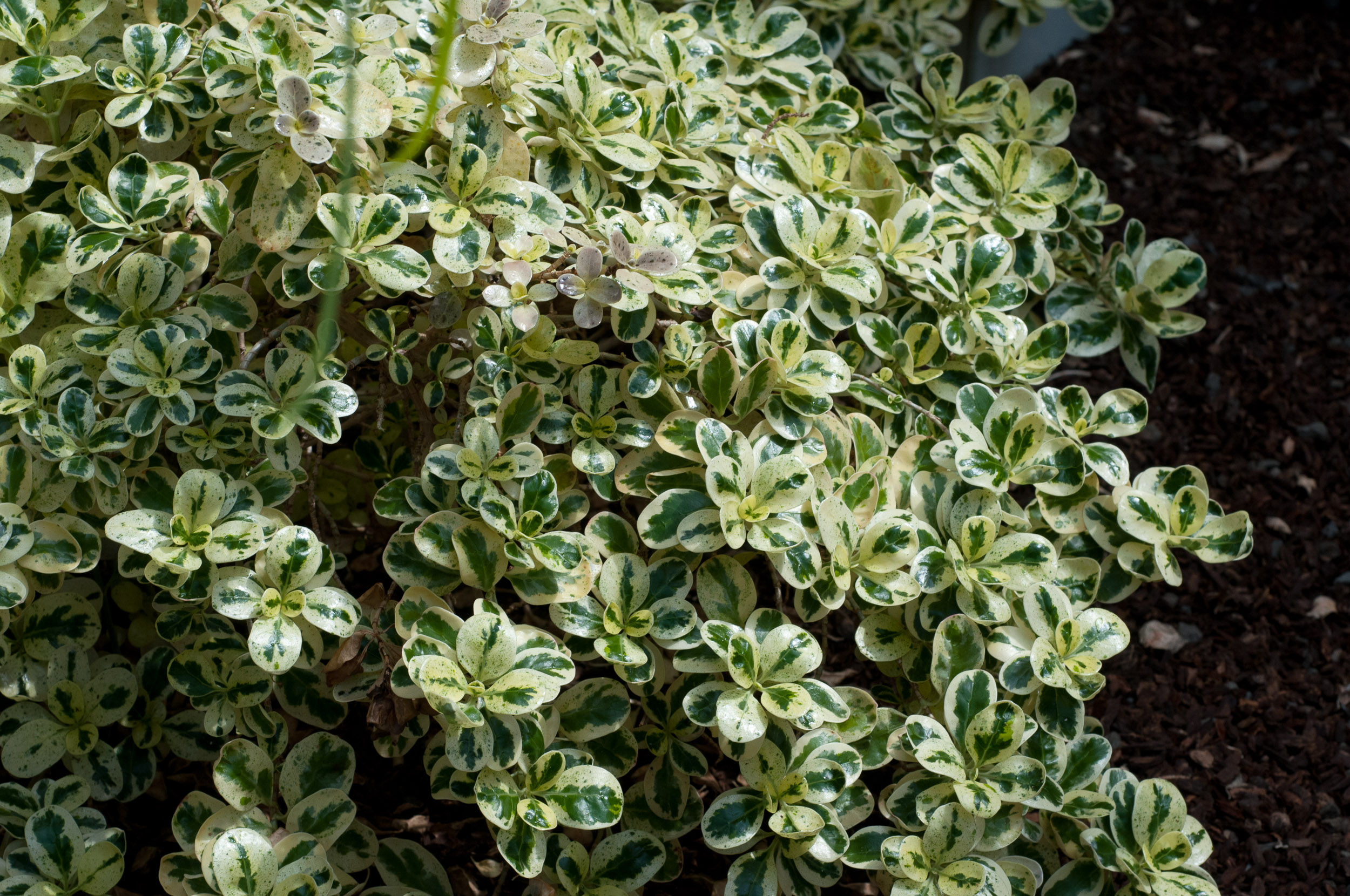The bush tits in my lime tree reminded me why I don't spray poison in my garden.
I've been battling scale on my baby citrus trees. However, I like to garden "bare", meaning that I don't use many products in my garden other than GroPower fertilizer (which contains humus, love the stuff!) and mulch. I especially resist using any pesticides, even if they are "organic." They still kill things.
So,instead of spraying with Spinosad (organic but lethal) I got out a rag and some ammonia based window cleaner, and simply wiped the scale off the branches. Then I gave the plant a good rinse of water (which also knocked off the ants that were tending the scale.) It took a few minutes, but it was relaxing, and the plant was immediately free of the pests.
Later in the afternoon, my husband pointed out that there were birds in the lime tree. Sure enough, several little bush tits were perusing the branches, looking for any remaining insects which they promptly ate. If I'd sprayed with the Spinosad, it would have sickened the birds.
There are many ways to deal with unwanted bugs on your plants.
1.
Keep the garden healthy. Give it healthy living soil, good air circulation, and proper watering. Healthy plants resist pests on their own.
2.
Keep the plants clean. Pick up dropped fungusy leaves under the roses, remove brown soggy blossoms from the azaleas and camellias, prune off dead or infested branches and stems.
3.
Use your hands. I was taught that the gardener's best tool is her fingertips. You can scrape off aphids and scale by hand (use latex gloves if you're squeamish) or move those unwanted tomato horn worms to a "sacrifice" plant.
4.
Use non-toxic solutions. A bit of dish soap in water will get rid of aphids, or an alcohol/water solution is good to clean off spider mites and scale. Worm castings, applied regularly, will systemically repel whitefly.
5.
Replace soil in containers. Certain pests and fungus will go dormant in the soil under an infested plant. If the problem keeps returning despite your best efforts, think about replacing the soil.
NOW, THE MOST IMPORTANT TIP OF ALL:
Invite and welcome birds, lizards, and "beneficial" insects into your garden! They are Nature's best pest controllers. If you spray a plant with pesticide or BT (which kills ALL caterpillars, including butterfly cats) you will injure and discourage those helpers.
Oh, and remember that hummingbird bathing on the rose leaves that I told you about in my rose post? A bath laced with fungicide and pesticide wouldn't be much of a treat.

.































